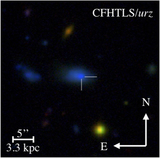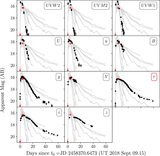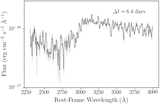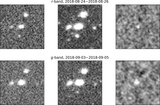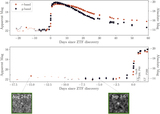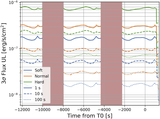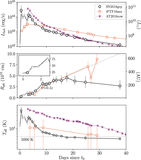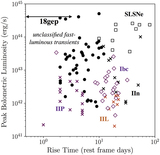Image Details
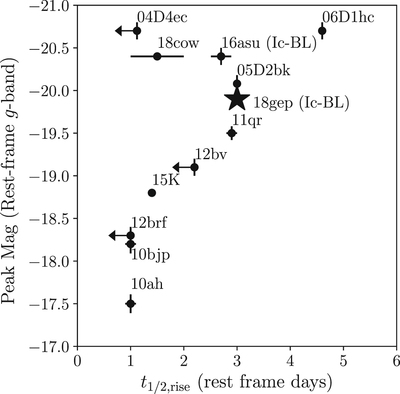
Caption: Figure 4.
The rise time and peak absolute magnitude of SN2018gep, iPTF16asu (a high-redshift analog), and unclassified fast-luminous transients from Drout et al. (2014), Arcavi et al. (2016), Rest et al. (2018), and Perley et al. (2019). When possible, we report measurements in rest-frame g band, and define “rise time” as time from half-max to max. For iPTF16asu, we use the quadratic fit to the early g-band light curve from Whitesides et al. (2017) as well as their reported peak magnitude, but caution that this is rest-frame r band. For KSN2015K, there are only observations in the Kepler white filter (Rest et al. 2018).
Copyright and Terms & Conditions
© 2019. The American Astronomical Society. All rights reserved.


